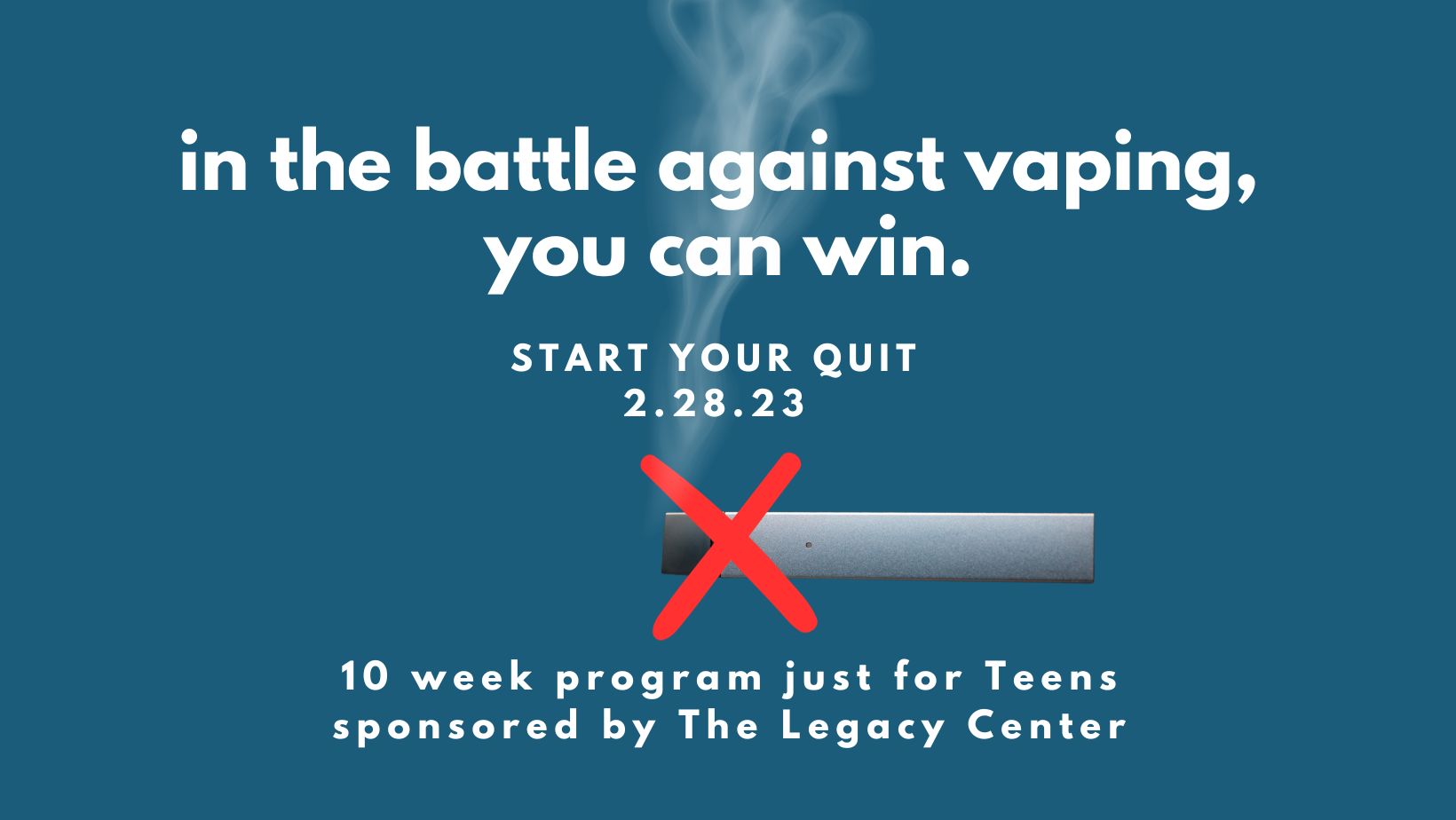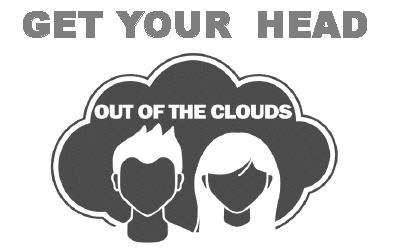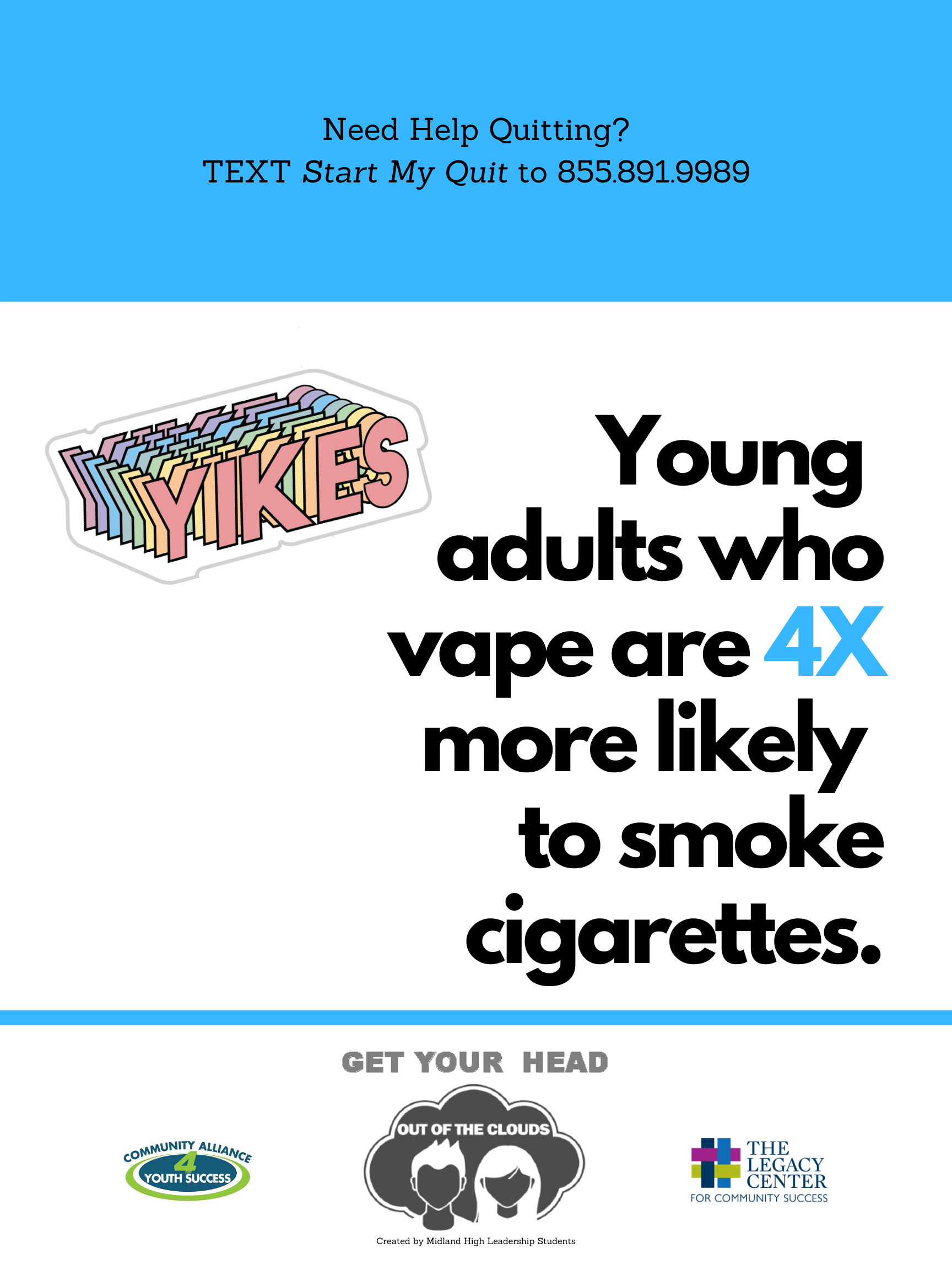Get Your Heads out of the Clouds is an anti-vaping campaign created by Midland High School Leadership students. Youth in our community wanted to educate their peers on the risks of vaping, addiction, and how to get help if you need it.
Midland High Leadership students developed posters and other resources for schools to utilize. You can download the posters and use them at your school by clicking the links below:
This campaign was developed by youth for youth.
In addition to the campaign posters, our youth said that t-shirts, stickers, lanyards, and stress balls would be an effective way to get their message out there. If you are interested in launching this campaign in your school or community, talk to your youth about what methods would work best.
If you would like more information about the Get Your Head Out of the Clouds campaign, contact Barb Swierzbin at bswierzbin@tlc4cs.org.
The American Lung Association states that nicotine is an addictive drug found in tobacco products. Cigarettes, cigars, smokeless tobacco and nearly all e-cigarettes contain nicotine. People who use tobacco products quickly become addicted to nicotine and have a very hard time stopping.
Almost all tobacco users are dependent on nicotine. Research suggests that nicotine is as addictive as heroin, cocaine, or alcohol. That’s one of the reasons it’s so hard to quit. Nicotine is not safe.
Vaping is the act of inhaling and exhaling the aerosol, often referred to as vapor, which is produced by an e-cigarette or similar device. The term is used because e-cigarettes do not produce tobacco smoke, but rather an aerosol, often mistaken for water vapor, that actually consists of fine particles. Many of these particles contain varying amounts of toxic chemicals, which have been linked to heart and respiratory diseases and cancer.
Why should I be concerned? E-liquids come in a variety of flavors, such as apple, mint, bubble gum, grape, and blueberry, which are appealing to youth, and use among teens has increased at dramatic rates. An e-cigarette can contain as much nicotine as a regular cigarette, if not more. Although federal regulations have been approved, there currently are no requirements for manufacturers to disclose the ingredients in e-liquids to the consumer, so a consumer has no way of knowing what potentially harmful chemicals are being inhaled. Nicotine is highly addictive for kids, especially during adolescence.
More Information:
Tip Sheet for Parents
Information for Youth
Youth who vape are 4x more likely to smoke cigarettes. Although we have made tremendous strides in our fight to make the next smoke-free generation, 10.5% of Michigan high school students still smoke cigarettes.
There are approximately 600 ingredients in cigarettes. When burned, cigarettes create more than 7,000 chemicals. At least 69 of these chemicals are known to cause cancer, and many are toxic.
Many of these chemicals also are found in consumer products, but these products have warning labels—such as rat poison packaging. While the public is warned about the danger of the poisons in these products, there is no such warning for the toxins in tobacco smoke.
Here are a few of the chemicals in tobacco smoke and other places they are found:
Acetone—found in nail polish remover
Acetic acid—an ingredient in hair dye
Ammonia—a common household cleaner
Arsenic—used in rat poison
Benzene—found in rubber cement and gasoline
Butane—used in lighter fluid
Cadmium—active component in battery acid
Carbon monoxide—released in car exhaust fumes
Formaldehyde—embalming fluid
Hexamine—found in barbecue lighter fluid
Lead—used in batteries
Naphthalene—an ingredient in mothballs
Methanol—a main component in rocket fuel
Nicotine—used as an insecticide
Tar—material for paving roads
Toluene—used to manufacture paint
Smoking kills more people than alcohol, AIDS, car crashes, illegal drugs, murders, and suicides combined — and thousands more die from other tobacco-related causes — such as fires caused by smoking (more than 1,000 deaths/year nationwide) and smokeless tobacco use. In Michigan, 29.8% of cancer deaths are related to smoking.
More Information:
Health Effects
Tobacco-Free Kids: Michigan Statistics
According to the Federal Drug Administration, most smokeless tobacco use involves placing the product between the gum and the cheek or lip. Smokeless tobacco is a noncombustible tobacco product. There are two main types of smokeless tobacco that have been traditionally marketed in the United States: chewing tobacco and snuff, including snus.
•Chewing tobacco is cured tobacco in the form of loose leaf, plug, or twist.
•Dry snuff is loose finely cut or powdered dry tobacco that is typically sniffed through the nostrils.
•Moist snuff and snus are cut tobacco that can be loose or pouched and placed in the mouth. More than 30 chemicals in smokeless tobacco are linked to cancer—smokeless tobacco causes cancers of the mouth, esophagus and pancreas.
•Some dissolvable tobacco products can be classified as smokeless tobacco products.
More Information:
Health Effects



